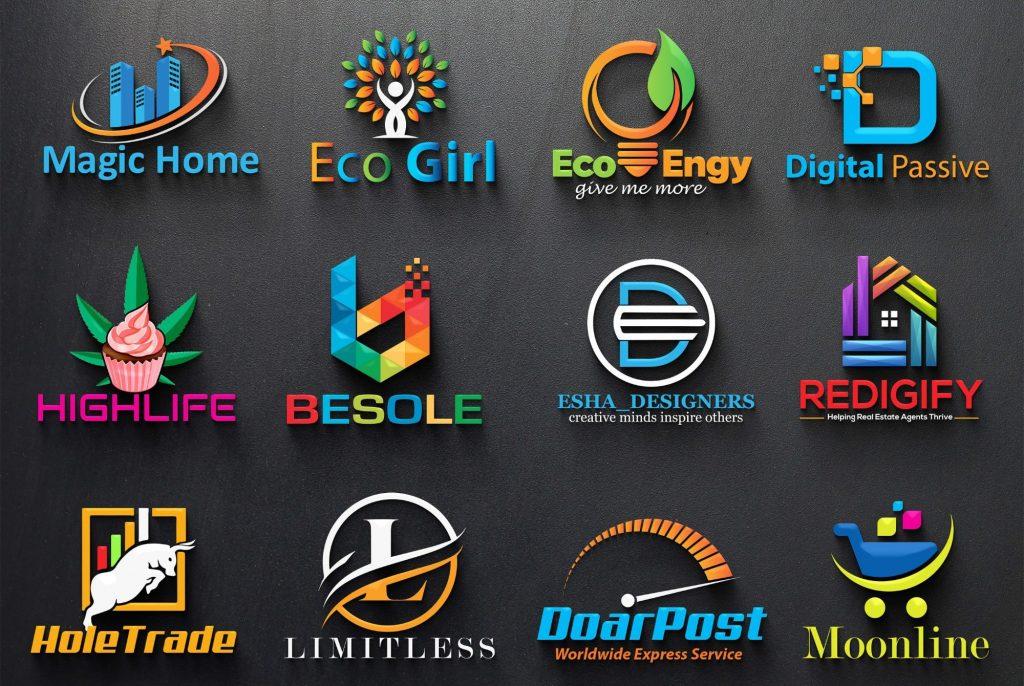
– What are the key elements of a memorable logo design?
In today’s competitive marketplace, a memorable logo design is essential for brands looking to establish a strong identity. Your logo is often the first impression customers will have of your business, making it crucial to invest the time and effort necessary to create a design that resonates with your audience. In this article, we’ll share ten essential tips for crafting a logo design that stands out.
1. Understand Your Brand Identity
Before diving into the design process, take the time to understand your brand’s identity. Ask the following questions:
- What are your brand values?
- What message do you want to convey?
- Who is your target audience?
Having a clear understanding of your brand will guide your design choices and ensure your logo aligns with your overall branding strategy.
2. Keep It Simple
One of the hallmarks of a great logo design is simplicity. A simple logo is easily recognizable, versatile, and memorable. Think of iconic logos like McDonald’s or Nike; their designs are clean and straightforward, making them easy to identify.
3. Use Appropriate Colors
Colors play a vital role in logo design as they evoke emotions and convey meanings. Here’s a quick table to illustrate color psychology:
| Color | Meaning |
|---|---|
| Red | Passion, energy, and urgency |
| Blue | Trust, calm, and professionalism |
| Green | Growth, health, and nature |
| Yellow | Happiness, positivity, and warmth |
Choose colors that reflect your brand’s personality and values while also appealing to your target audience.
4. Choose the Right Typography
Typography is another crucial element of logo design. The font you choose should be legible and align with your brand identity. Whether it’s bold, elegant, modern, or playful, ensure it reflects the essence of your business.
5. Be Unique and Original
A memorable logo must be unique. Avoid clichés or overly common design elements that can dilute your brand’s individuality. Conduct research on competitors to understand what works and what doesn’t, and strive to create something that is distinctly yours.
6. Make It Versatile
Your logo will appear in various formats and sizes, so it’s essential to design a logo that is adaptable. A good logo should work on everything from business cards to billboards. Test how your logo looks in black and white, as well as how it scales in size.
7. Seek Feedback
Before finalizing your logo, seek feedback from a sample of your target audience. Ask questions about what they feel when they see your logo and whether it resonates with them. Use this feedback to make any necessary adjustments before the launch.
8. Stay Timeless
Trendy designs can become outdated quickly. Aim for a timeless logo that will stand the test of time while still retaining modern appeal. Regularly reassess your logo to see if it still aligns with your brand identity and market trends.
9. Consider Scalability
Ensure your logo is scalable, meaning it should look good at any size. Whether it’s on a smartphone screen or a gigantic billboard, your logo should always be identifiable. Test the scalability by printing it at varying sizes or reviewing it on different devices.
10. Work with a Professional Designer
If you’re unsure about your design skills, consider hiring a professional logo designer. A skilled designer can bring your vision to life and create a logo that meets your brand’s needs and resonates with your audience.
Benefits of a Strong Logo Design
Investing in a professional and well-thought-out logo design offers several benefits:
- Brand Recognition: A memorable logo helps improve brand recognition and recall.
- Trust and Credibility: A polished logo can enhance your brand’s credibility and convey professionalism.
- Marketing Consistency: A strong visual identity can unify your marketing efforts across platforms.
Case Studies: Successful Logo Redesigns
Many companies have successfully revamped their logos to align better with current branding trends. For example:
- Instagram: The transition from a vintage camera to a more streamlined icon increased modern appeal.
- Uber: The removal of the complex icon for a simple U strengthened brand identity.
First-Hand Experience: My Journey in Logo Design
As a small business owner, I embarked on the journey of creating a logo that represented my brand. By following these tips, I was able to develop a design that not only stands out but also resonates with my customers.
Conclusion
Creating a memorable logo design is a fundamental step in building a strong brand identity. By following these ten essential tips, you can craft a logo that not only stands out but also communicates the core values of your business. Remember, invest time in understanding your brand, keep it simple, and don’t hesitate to reach out to professionals if necessary. A well-designed logo is not just an image; it’s your brand’s first impression that can lead to lasting customer relationships.
